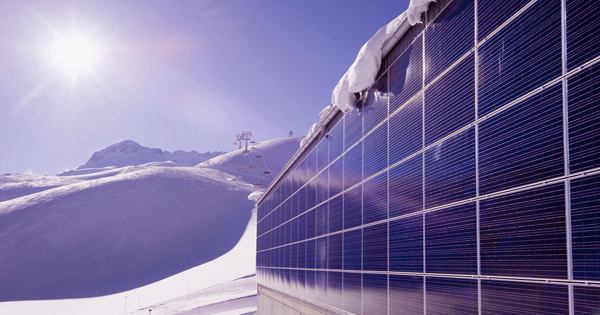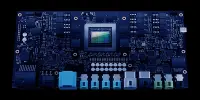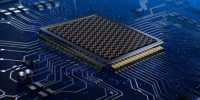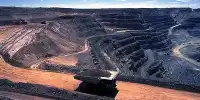Engineers and chemists at the University of California, Los Angeles (UCLA) have developed the first snow-based energy collector. See, the world’s first device to generate electricity falling from the snow. At the moment, the amount of energy devoted is quite teeny and it is not possible to increase the amount of technology in a snowy climate equivalent to solar panels. Nevertheless, Such as helping weather stations survive during severe winter storms, researchers believe it has some real-world applications.
The device simply consists of a thin and flexible sheet of plastic that acts as a triboelectric nanogenerator, an energy-collecting nanodevice that can increase the charge of static electricity, Described in the journal Nano Energy. Snow is positively charged and gives electrons; silicon is negatively charged and receives electrons. Thus, a charge is created as soon as the snow lands on the silicon and is then captured.
Think of rubbing a balloon against your hair to generate a small electric charge, but in a really small size.
UCLA assistant researcher on chemistry and organic chemistry co-author Maher El-Kady said in a statement, “Snow has already been charged, so we thought, why not bring some other component with reverse charge and take out the charge to generate electricity?”
Senior author Richard Kaner of the Department of Chemistry and Biochemistry and California NanoSystems Institute at UCLA added, “Stable electricity occurs from the interaction of one element that captures the electron and the other that gives the electron up.” “You separate charges and generate electricity without doing anything necessary”
This effect can output an open circuit voltage of up to 8 volts and a power density of 0.2 milliliters per square meter. As a precaution, this is really a small amount. You only need a few panels to light a few LED lights.
So, what is the use of it after that? The device can also make very fine movements and can also be attached to wearable electronics that can be used to monitor the performance of an athlete during winter sports. It appears that the most practical use of this technology would be to integrate it into the weather station in remote snowy locations, as the device is capable of synthesizing snowfall, wind direction, and weather conditions, all while generating its own electricity.
Kaner concluded, “The device can operate in remote areas because it provides its own power and does not require batteries.” “It’s a very clever device – a weather station that can tell you how much snow is falling, where the snow is falling, and the direction and speed of the wind.”
















